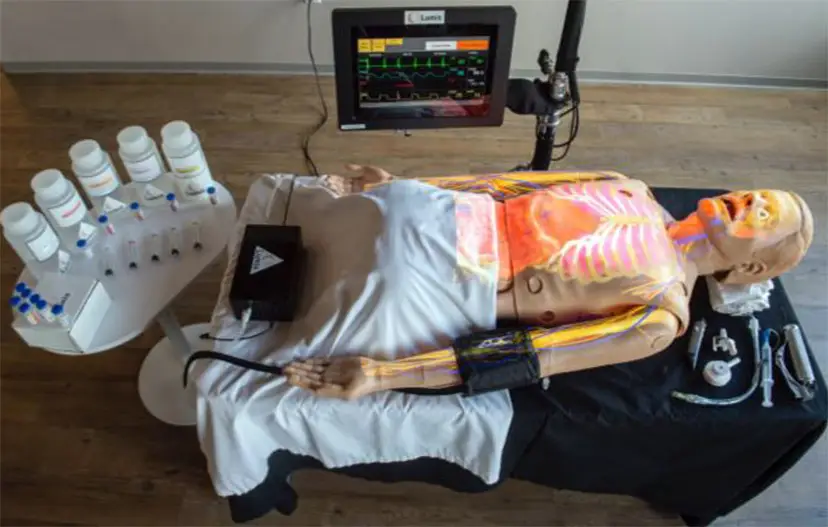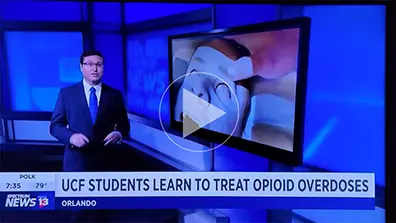Implicit bias in healthcare results in the unfair treatment of people of color on a regular basis. Implicit bias occurs when people display a certain attitude or stereotype towards others without being cognizant of their actions.1 These biases affect healthcare in all aspects and can lead to inaccurate patient evaluations and contribute to increased death rates for minority populations.
One problem area that is affected by negative implicit bias is the opioid epidemic. Opioids are highly addictive narcotics and are prescribed by doctors at an excessive rate. In 2020, it was noted that more than 142 million opioid prescriptions were filled. In the last 20 years, opioid overdoses have killed close to 600,000 people and since 2014, overdose rates caused by opioids have only continued to rise. Between 2018-2019, Opioid overdoses for Non-Hispanic Black people increased by 38%. The overdose rate amongst their counterparts either remained steady or decreased. Studies suggest that patients of color have not benefited equally from opioid overdose prevention and treatment when compared to White patients and additionally, Black Americans are less likely to be prescribed treatment for opioid abuse compared to White Americans.
The opioid epidemic is a prominent and growing problem in the United States and if we want to address this issue, we cannot ignore the disparities in treatment and prevention for all people.
The opioid epidemic can have devastating consequences. However, it is not only medical professionals and experts that can help reduce the abuse of prescription opioids and treat overdoses, but society at large is also vital in the fight against this epidemic. While it is important for community-based initiatives to receive training around opioid overdoses, it is equally as important to learn to factor in the diversity of the patient population in their care and intervention.

A key agent in the prevention of opioid overdoses is accessible and inclusive training tools that show a range of demographic attributes. With the majority of those who experience opioid related overdoses and deaths being of minority groups, it is crucial to have education tools and training technology which addresses this racial disparity.2 Backed by the National Institutes of Health(NIH), Lumis’ InSight Platform® provides a comprehensive overdose education curriculum with customizable demographic attributes to enable variability in patient scenarios. Specifically, the opioid overdose modules can be configured to show the effects of opioid overdoses on an array of skin tones. With symptoms of overdose showing up differently on different skin tones, this feature is especially important as it helps teach how to identify overdose, a critical first step towards getting patients accurate and effective treatment. For e.g. common signs of overdose are bluing / graying of the skin which is difficult to identify in a dark-skinned person. Similarly, pinpoint pupils, another telltale sign, is often difficult to see in darker colored eyes than light ones. Allowing variability of patient demographics during training, not only builds a better prepared healthcare worker, but also helps reduce the implicit bias that is often subconsciously present.
The platform is tailored towards providing communities and lay people, first responders and healthcare professionals, with the tools they need to address this critical issue. This market has historically not used high-tech simulation equipment to provide training because of the cost and required personnel. We address this by providing a more affordable, easy to use solution that is still comprehensive so that we can put the right tools in the hands of stakeholders who did not previously have access to them.

As we work to democratize opioid overdose training and education, we simultaneously work to reduce the stigma associated with opioid addiction and abuse. The proper education of the effects of opioid abuse can reduce negative attitudes associated with it.3 By speaking openly about the issue and working to learn more and help those affected, without judgment, we can encourage others to not be afraid to step in and call 911 to report an overdose. We can all work together to reduce the negative impact of implicit bias and stigma while improving outcomes for opioid overdose patients.
The Opioid Crisis is just one example of racial disparity within the healthcare system and the issue must be addressed openly so that we can all work together to eliminate it. Lumis is dedicated to reducing the number of opioid related overdoses and deaths. Thanks to our funding from NIH, we will continue to work towards democratizing opioid overdose education and training to fight this epidemic.
1 “Implicit Bias Explained.” Perception Institute, 17 May 2017, https://perception.org/research/implicit-bias/.
2 NIDA. “Disparities in opioid overdose deaths continue to worsen for Black people, study suggests.” National Institute on Drug Abuse, 9 Sep. 2021, https://nida.nih.gov/news-events/news-releases/2021/09/disparities-in-opioid-overdose-deaths-continue-to-worsen-for-black-people-study-suggests Accessed 12 Aug. 2022.
3 Committee on the Science of Changing Behavioral Health Social Norms; Board on Behavioral, Cognitive, and Sensory Sciences; Division of Behavioral and Social Sciences and Education; National Academies of Sciences, Engineering, and Medicine. Ending Discrimination Against People with Mental and Substance Use Disorders: The Evidence for Stigma Change. Washington (DC): National Academies Press (US); 2016 Aug 3. 4, Approaches to Reducing Stigma. Available from: https://www.ncbi.nlm.nih.gov/books/NBK384914/
